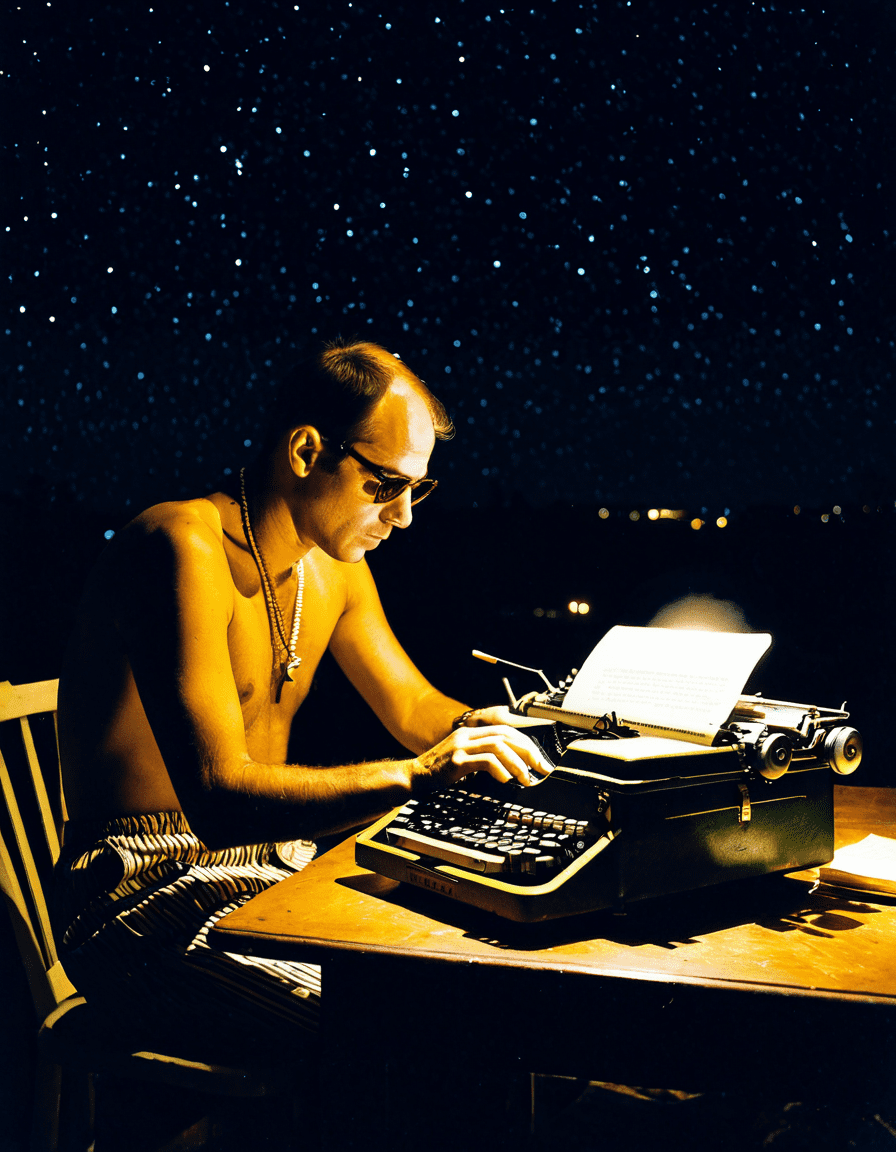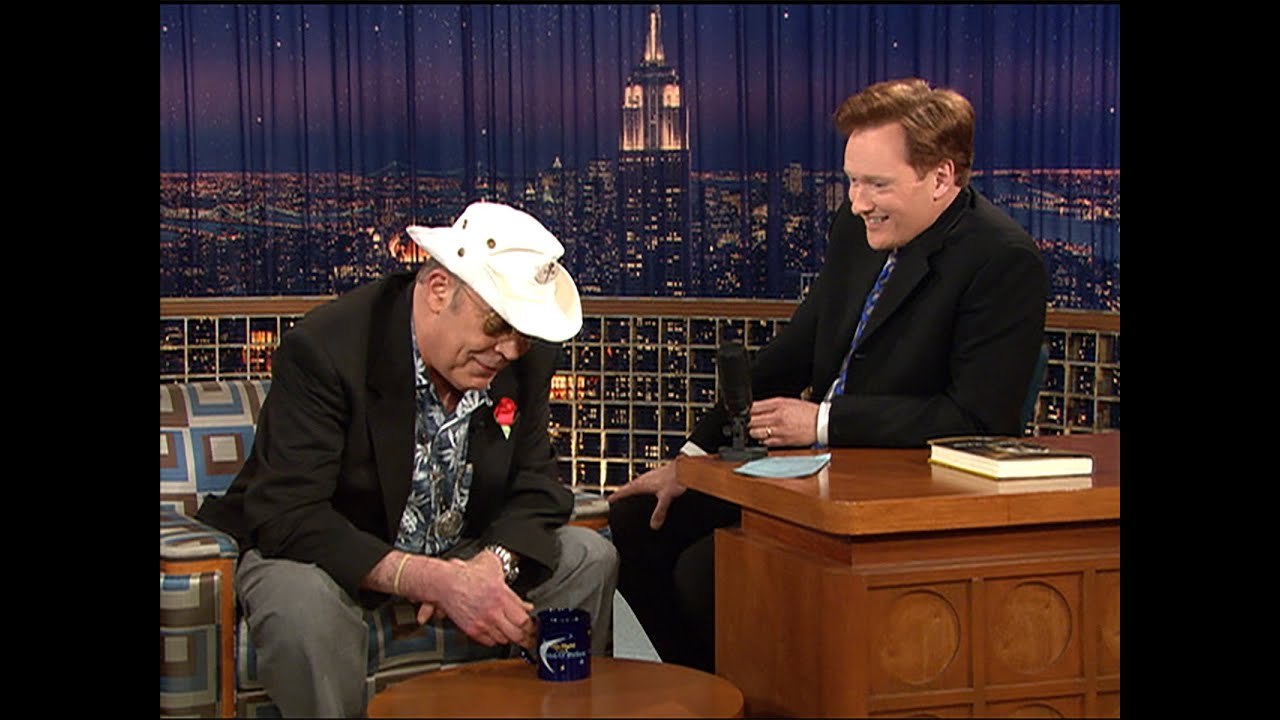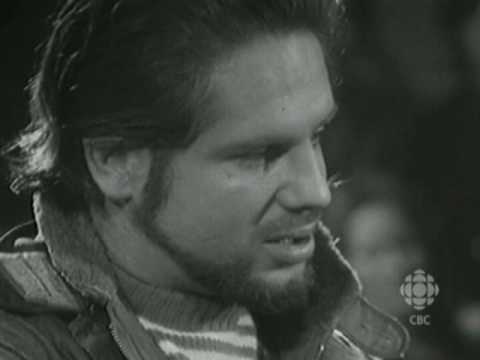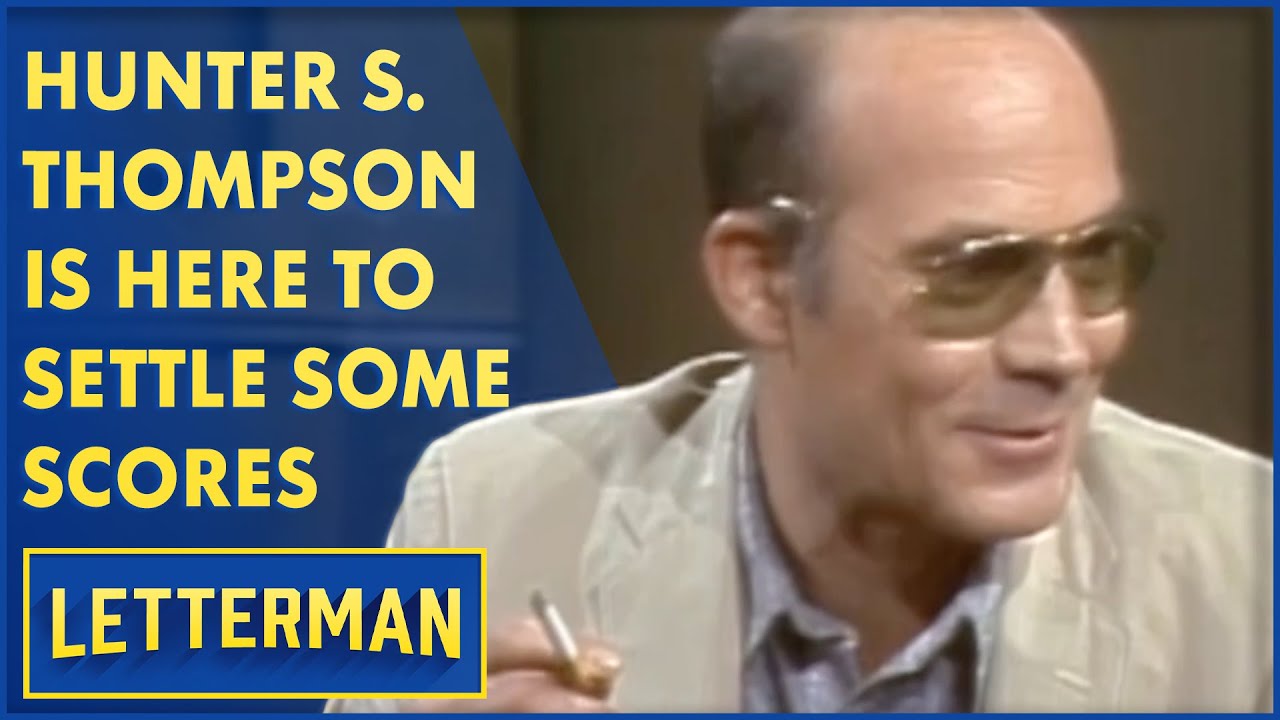The Legacy of Hunter S. Thompson
Hunter S. Thompson burst onto the scene in the 1960s, reshaping the landscape of journalism with his bold and eccentric style known as Gonzo journalism. This approach fused the lines between traditional reporting and subjective experience, allowing his larger-than-life persona to shine through every article he penned. Thompson’s unfiltered narrative captivated audiences, encouraging writers and filmmakers to become active participants in their storytelling, blurring the lines between observer and subject.
Thompson’s legacy isn’t just confined to newspaper ink and magazine pages. His influence extended into the veins of cinema, as seen in films like “Fear and Loathing in Las Vegas,” which directly adapts his work. This wild ride into the heart of the American psyche showcased his method of storytelling that was anything but conventional. From hallucinogenic escapades to biting societal critiques, the essence of Hunter S. Thompson lives on, inspiring countless artists who dare to tread a similar path of personal engagement in their work.
As a figure who held a mirror to societal norms, Thompson encouraged a generation of writers and filmmakers to seize their unique perspectives. This Gonzo spirit persists today, reminding us that storytelling can be a powerful tool for truth-telling and societal reflection. Whether it’s a screenplay or a news report, the heart of Gonzo journalism invites us to confront our realities with unfiltered honesty and raw emotion.
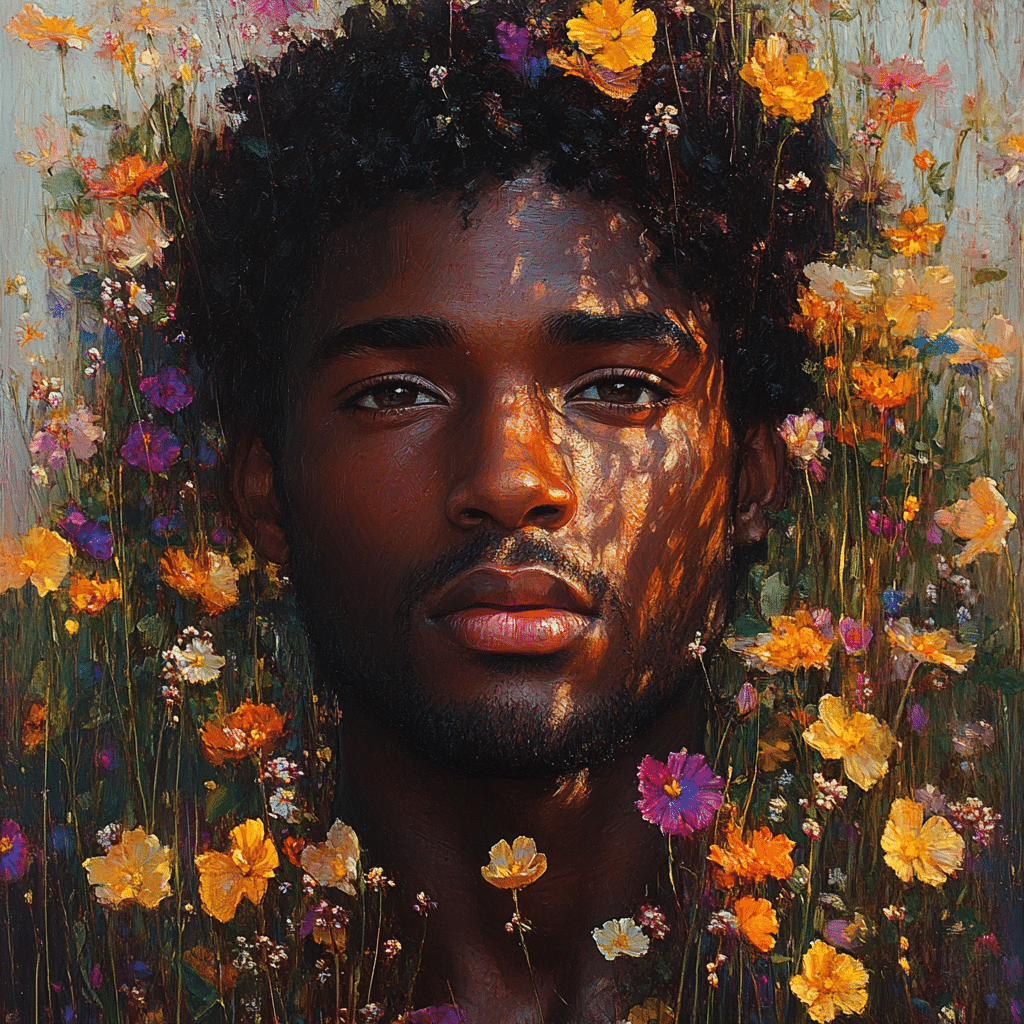
7 Influential Figures Shaped by Hunter S. Thompson’s Gonzo Spirit
Andrew Garfield has taken on roles that showcase a relentless pursuit of truth. His portrayal in “The Social Network” reveals an earnest quest for authenticity that mirrors the Gonzo spirit championed by Hunter S. Thompson. Garfield’s ability to navigate moral ambiguity resonates with audiences, challenging societal norms just as Thompson did through his work.
The late Michael K. Williams is celebrated for his powerful performances in “The Wire” and “Boardwalk Empire.” His portrayal of complex characters echoed Thompson’s raw authenticity and emotional engagement. Williams confronted societal injustices through his work, embodying the Gonzo philosophy of challenging the status quo.
Andrew Scott, known for his roles in “Fleabag” and “Pride,” brings a deep emotional connection to his characters. His performances reflect the same ability Thompson had to weave personal insights into larger societal narratives. Scott’s work serves as a testament to the Gonzo influence on contemporary storytelling.
Sterling K. Brown’s performances shine a light on the intricacies of African American identity and social issues. Much like Thompson tackled the American psyche, Brown’s advocacy for social justice highlights the power of storytelling to confront systemic oppression. His work reverberates with Thompson’s passion for truth.
Michael B. Jordan embodies the new wave of activist filmmaking. In films like “Fruitvale Station” and “Black Panther,” he merges entertainment with important messages, reminiscent of Thompson’s journalistic roots. By using his platform to push for social change, Jordan carries the Gonzo ethos into the realm of cinema.
Stephen A. Smith imparts a Gonzo-style approach to sports commentary. His loud, assertive delivery continuously challenges norms, prompting public dialogue just as Thompson did in political journalism. Smith’s engaging style keeps audiences on the edge of their seats, making him a modern-day Gonzo pioneer.
A new crop of writers and journalists draws inspiration from Hunter S. Thompson, embracing their identities in their work while defying traditional standards. Platforms like “Vice News” exemplify this modern Gonzo spirit, exploring the chaotic interplay of truth and narrative. These creators carry Thompson’s torch into fresh territories, championing authenticity and engagement.
Thompson’s Enduring Influence on Modern Journalism
Hunter S. Thompson’s impact is undeniably present in contemporary journalism. His distinctive style has paved the way for writers and filmmakers, shaping the way audiences engage with content. Today, the rise of social media gives Gonzo journalists the freedom to share personal experiences and insights, transforming the audience into active participants in storytelling.
In an age where media consumption is at an all-time high, Thompson’s approach serves as a compelling counterbalance to the often dispassionate tone that pervades traditional news outlets. Journalists like Glenn Greenwald and Ta-Nehisi Coates channel Thompson’s fierce voice, challenging political and social conventions with a flair that echoes the Gonzo spirit. Their work draws us into the narrative, allowing us to feel their passion and urgency.
Moreover, the growing emphasis on personal narratives in journalism reflects Thompson’s enduring influence. Today’s writers are encouraged to infuse their own experiences into their reporting, much like Thompson did in his time. This evolution makes journalism more relatable and human, driving home the importance of authenticity and emotional connection in telling our stories.

The Cultural Resonance of Gonzo Journalism
As we navigate the fast-paced chaos of modern life, filled with misinformation and societal divides, Thompson’s Gonzo journalism shines as a beacon of authenticity. The movement captured the essence of its time and laid a foundation for confronting today’s challenges. The works of modern artists like Andrew Garfield and Michael B. Jordan illustrate how storytelling can provoke thought and inspire change, each echo a Gonzo roar calling for attention.
We live in an era craving genuine voices who dare to grapple with the complexities of our world. Thompson’s uncompromising spirit encourages us to confront uncomfortable truths. Whether it’s through the lens of journalism or the captivating universe of film, the challenge to dive deeper into our narratives fuels cultural conversations that push boundaries and redefine perspectives.
Gonzo journalism resonates far beyond its origins; it reflects our yearning for stories that hold up a mirror to society. As Thompson’s legacy lives on, we continue to see the profound impact of storytelling that dares to challenge and resonate emotionally. From the cinematic landscape to the news cycle, the Gonzo spirit invites us to be active participants in a narrative that demands authenticity.
Evolving the Gonzo Narrative
With a constantly shifting media landscape, revisiting Hunter S. Thompson’s work reveals valuable insights that can guide our understanding of modern narratives. It’s crucial to embrace his reality-bending style as we demand accountability, integrity, and honesty in storytelling. The distinct qualities that Thompson brought to journalism are as relevant today as they were decades ago.
New voices are emerging to carry the Gonzo torch, reminding us that fearless storytelling remains pivotal in shaping society and influencing cultural dialogue. The demand for authenticity has never been more significant, and the legacy of Thompson reminds writers and journalists alike to delve into personal experiences while exploring broader reflections.
In conclusion, Hunter S. Thompson’s impact is not just a chapter closed in journalism history but a living, breathing force present in every writer, actor, and journalist willing to take risks. By embracing this Gonzo spirit, they enrich their work and empower audiences to engage with their own understanding of the world. Just like Thompson, the stories we tell have the power to resonate, reflect, and provoke thought—a gift that continues to be vital today.
Hunter S. Thompson: The Iconic Father of Gonzo Journalism
A Wild Life Off the Page
Hunter S. Thompson didn’t just make waves with his writing; he lived a life as outrageous as his words. Picture this: while cruising through the streets of Aspen on an electric trike, he coined the term “Gonzo journalism,” which perfectly depicted his immersive style. No boundary was too wide for Thompson—his experiences were often inspired by pop culture moments. For example, Thompson’s commentary wouldn’t seem out of place in one of Maury Povichs iconic television episodes, where sensationalism reigns supreme.
Moreover, Thompson had an affinity for the absurd; his lyrics often captured a spirit akin to the mayhem seen in The Purge, where chaos reigns and nothing is off-limits. He used his unique lens to document America’s societal injustices, pushing the envelope and compelling readers to reflect. Just like Courtney B. Vance’s compelling performances, the depth of Thompson’s prose stuck with you long after the last page was turned.
An Unconventional Approach to Journalism
One of Thompson’s intriguing traits was his playful use of alter egos. He famously donned a thin mustache and a matching fedora to blend in with the crowds, often using these disguises to tap into different segments of society. In a bizarre sense, it mirrored how Lili Estefan sometimes steps into different roles on her shows, engaging her audience in various ways. This theatrical approach allowed Thompson to connect with people who were living the frenzy, maybe even resembling the chaos of Octo Moms life—complex but always engaging.
Furthermore, his creative process was as unconventional as his persona. Thompson was notorious for his love of wild parties, often fueling his creativity with generous amounts of alcohol and unconventional substances. He famously said, “I hate to advocate drugs, alcohol, violence, or insanity to anyone, but they’ve always worked for me.” The essence of his “Fear and Loathing” narrative style has sparked countless discussions about the role of the journalist, much like the discussions sparked by the Elon Musk petition for free speech. His work always left many questioning: is it journalism or entertainment?
Reflecting on Thompson’s legacy invites us to examine the boundary between artist and subject—a fine line effortlessly blurred in his world. In essence, Hunter S. Thompson wasn’t just documenting life; he was living it, turning the wildest thoughts into gripping tales that continue to inspire and provoke reflection. In the end, his story is just as important as the individuals he immortalized, making him a timeless figure in American literature and culture.
